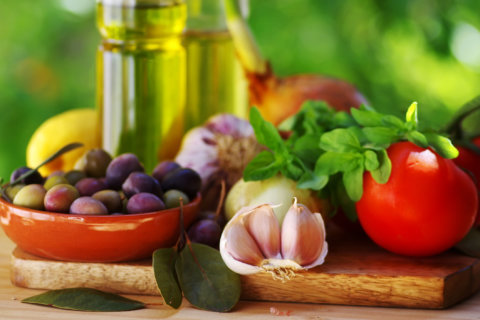You probably celebrated National Cereal Day this morning before you even knew it was a thing.
Unless, of course, you’re on Keto, or Atkins, or any of the other trendy weight-loss plans that pooh-pooh carbohydrates, especially if they’re refined.
With low-carb, high-protein mania so prevalent, it feels like there isn’t much room for the Cap’n, Tony the Tiger, Count Chocula, or even (heaven forbid) those crazy, divine Cinnamon Toast Crunch squares.
The numbers bear this out. According to Kiplinger, cereal sales have been sinking a bit recently, a sogginess that could be due to not only these diets but also a shift toward an on-the-go lifestyle.
Is cereal even an option anymore for people trying to behave dietarily?
It depends on your definition of “cereal.” Let’s get past the not-so-sweet news first, courtesy of Ashley Koff, registered dietitian and CEO of The Better Nutrition Program: “If a cereal sounds like your favorite dessert, it probably is,” she said, “and it probably is actually worse than your favorite dessert in order for them to get those flavors.”
While she says all high-protein, low-carb diets are not created equally, she does think “we’re just getting back to a better-nutrient balance” with the current trend.
So dieters can’t count on the Count. No huge surprise there, but what can they count on?
Begin with whole grains, she said. Beyond that, do some investigative work.
“I think the best thing that you can do is really look at a box as if it were a recipe,” Koff said. “Would you be able to make this in your home? And are they the kind of ingredients that you would assemble in your home?”
To that point, she tries to avoid cereals that are fortified with calcium, folic acid, etc. as those nutrients are in a more-refined, ultimately less-nutritious form. And likewise, with high-protein cereals, she suggests avoiding refined forms of protein, such as soy or pea protein isolates.
Instead, think do-it-yourself, she said. And combine those whole grains with natural sources of nutrients, such fruit, seeds, nuts and your milk of choice. “I like the statement ‘some assembly required,'” said Koff, who recommends prepping it all the night before to accommodate that hectic morning routine.
Healthy forms of protein, she said, can be found in hemp seeds, pumpkin seeds or sunflower seeds.
Other tips from Koff …
- Aim to consume no more than 15 to 30 grams for breakfast. If you’re prioritizing weight loss, keep it closer to 15.
- Minimize the sodium: “Something that’s a hundred milligrams or less is probably in a good area,” she said.
- Blend those dry ingredients together beforehand, so you can just scoop them out into a bag or plastic container and eat them on the go.








